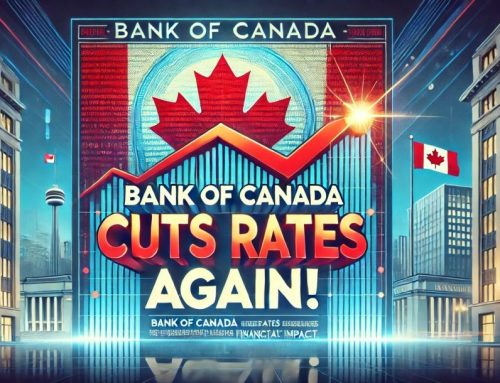Just because you have a past bankruptcy, it doesn’t mean that you won’t qualify for a mortgage. You can still purchase a home with a down payment as low as 5%, and can still be offered the lowest rates on the market.
Your bankruptcy will have to have been discharged for a minimum period of two years. You will also be required to have at least two re-established trade lines. These can come in the form of a credit card, a car loan, a bank loan, or a line of credit. These two trade lines need to have been established for a minimum period of one year, which can be part of the two year period following discharge.
Not all trade lines are created equally, so it would be ideal to have at least one of them as a revolving credit account, such as a credit card or a line of credit. These trade lines must have a minimum credit limit of $1,500 in order for them to be considered sufficient for credit re-establishment. If you are able to set these limits over $2,000, then it may help your case even more so. I can’t stress enough how important it is to ensure your bills are paid on time during credit rebuilding. You don’t even want to be late by a single day. Even one late payment can result in your mortgage being declined following a bankruptcy.
What if your bankruptcy has been discharged for less than two years?
It doesn’t mean that you can’t get approved for a mortgage, it just means that you will need to have a larger down payment and you will pay a higher rate.
How much more?
A minimum down payment of 15-35% would be required in this particular case, however, this can vary depending on your specific situation. If applying for a mortgage within two years of discharge, you will want to keep the mortgage term shorter for a couple of reasons.
The first would be to keep the rate as low as possible. Shorter terms will carry lower rates than longer terms on these types of mortgages. An equity lender or ‘B’ lender would be used in these cases. A ‘B’ lender is by no means an inferior lender and they can be large, solid institutions. A ‘B’ lender is one who lends based on the equity in your home, more so then on your credit.
You can expect to pay approximately 1% higher on a one or two year term with ‘B’ lender over the discounted five year fixed rate with an ‘A’ lender, such as a bank, credit union or monoline lender.
The second reason for keeping the mortgage term short is that you will most likely want to switch to an ‘A’ lender at the time of your mortgage renewal in order to lock into a lower interest rate for a longer period.
Consumer Proposals
The rules are fairly similar for consumer proposals and all of the above still applies, except that you generally only need to have one year of re-established credit. This means if you are coming out of a consumer proposal, you could potentially qualify to get in with an ‘A’ lender much quicker than you could if coming out of bankruptcy.
Rules can vary
These rules can vary depending on the lender. There are some lenders who will not approve you for a mortgage regardless of how many years it’s been since the discharge. It is best to discuss all these points with your mortgage broker to ensure that he or she understands your situation and puts a plan together to maximize your savings over time.
Bankruptcies sometimes happen to good people, and it certainly isn’t the end of the world. Just because you have a past bankruptcy or consumer proposal, there still may be options for you to qualify for a mortgage on your new home. Reach out to a mortgage broker and find out what options are available to you!
Paul Meredith is the author of the Amazon #1 best selling book, Beat the Bank – How to Win The Mortgage Game in Canada, and has ranked as one of the top 75 mortgage brokers in Canada since 2016. He was a finalist for Mortgage Broker of the Year in 2018, and can be seen as the exclusive mortgage broker on season two of TV’s Top Million Dollar Agent.








Leave A Comment